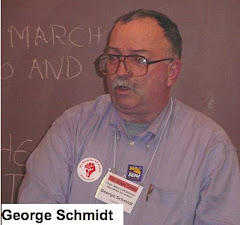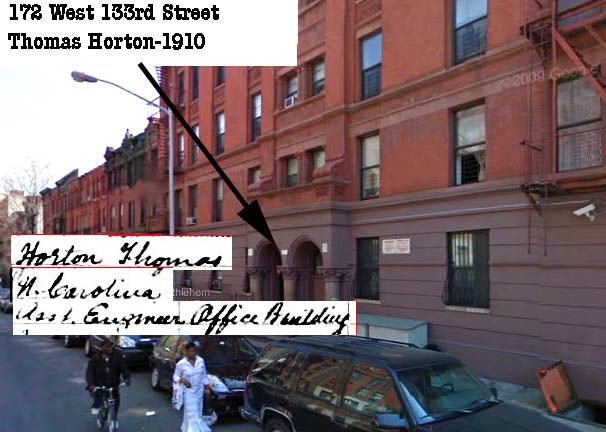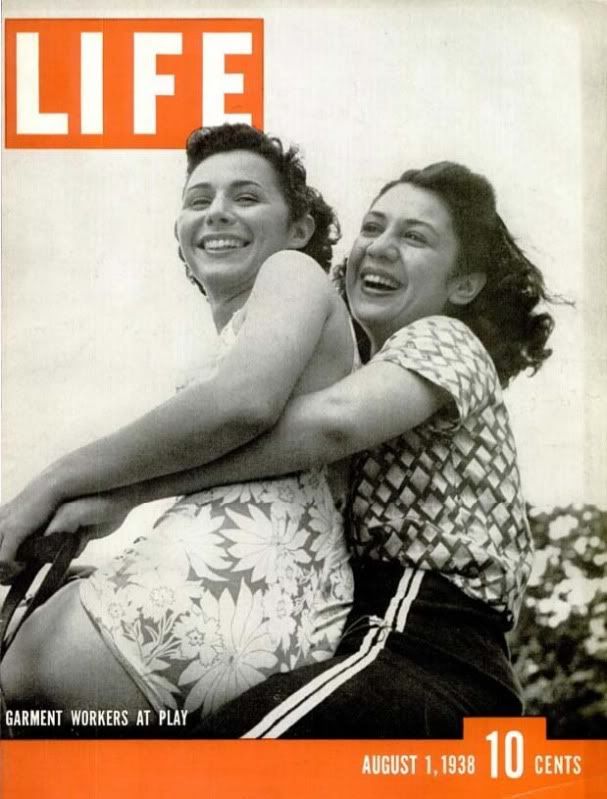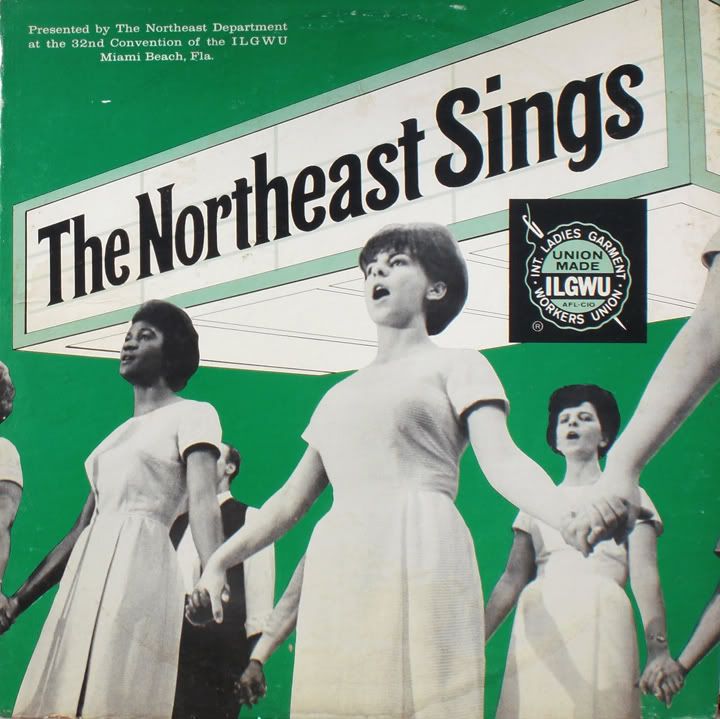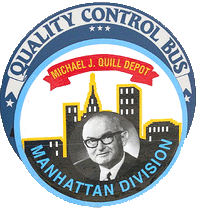Thomas Horton is listed as a porter. In an article written about the fire he evidently performed heroically under horrific circumstances. I would suggest he was more than just a porter and if my search of the 1910 census is correct he may have had engineering skills necessary to operate and maintain the building's elevators. The Thomas Horton above is the only "colored" Horton I found living in New York. He was an assistant engineer in an office building. Born in North Carolina, he would have logically followed the migratory pattern to the north to find better jobs at the time as well as housing in Harlem.
Below a reference to him in a 1957 American Heritage article
On the Greene Street side of the Asch building, the freight elevators “ran until they wouldn’t run.” “We were putting in the switch cables till they were overrun with water,” Thomas Horton, the Negro porter recalls. “They stuck. The circuit-breakers were blowing out.”h/t to Jane Fazio, Michael Hirsch and Prof Alan Singer
As Horton toiled grimly in the basement to keep the motors going, the elevator operators opened their doors at random in the blinding smoke, making desperate guesses as to floor openings. Fire streamed into the shafts, flame bit at the cables, and the girls jumping in suicidal fright jammed the operation of the cars. Nineteen bodies were found later wedged between the car and shaft in one of the Greene Street freight elevator wells.












